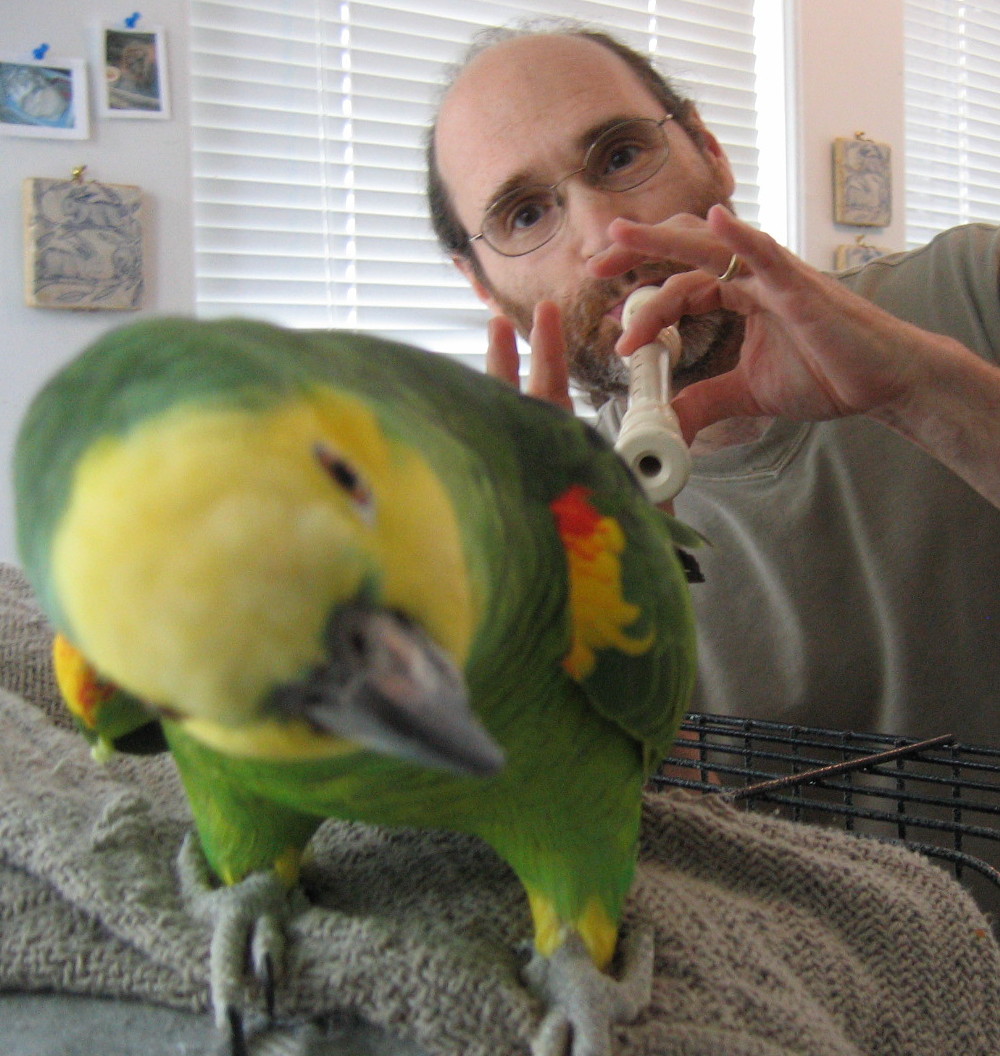[Where's the video?! A video will reappear in an upcoming post about 'kinds of vibrato.' In the meantime, this post is about the vibrato debate itself. Enjoy!]
If you ask 50 different brass players about vibrato, I'm sure you will get as many different answers about when vibrato should and should not be used, as well as what kind is acceptable as well as what is the "correct" way to produce it.
I developed a natural diaphragm vibrato at age 12. I remember hearing string players with vibrato and loved it. My teacher at the time was
Ronald Ricketts and when he heard it, he thought I would have more control over jaw vibrato, because he heard that it can be hard to shut off diaphragm vibrato. He also wanted me to use the kind of vibrato he himself, and a majority of brass players, used. (He had a beautiful vibrato.) At that point, I learned jaw vibrato and, in a short period of time, it felt very natural and was an integrated part of my lyrical and expressive aspects.
When I studied with
Steven Zellmer, I asked him about vibrato and he thought it should not be technically contrived. He believed it naturally would emerge out of the player as an expression of certain music. So he never talked about the mechanics around the production of vibrato. He did say that vibrato, at certain times, tended to cover up the purity of the trombone sound.
I've also heard woodwind players speak of diaphragm and throat vibratos, often in terms of the right way and the wrong way. I can tell you, from my experience, that I have heard wonderful vibratos made in a variety of ways whether it was produced by the throat, jaw, diaphragm or other.
Many European players that I know do not use vibrato. Many soloist do, no matter what part of the world they are from. So the question arises: "Is there a time and a place for vibrato?" My response is, it is all in the interpretation and inner feeling life of the musician, regardless of the different schools of playing that can have their rules about what constitutes proper vibrato etiquette.
Since I have played in a variety of musical formats, orchestral, chamber music and solo, all covering a broad range of musical styles, including Renaissance, Baroque, Classical and Romantic and right through Big Band, Pops and Contemporary, I have used vibrato at some point, to varying degrees, for them all. Was that right? It was for me. Did everyone like it? Probably not. Is that my criteria? No.
At this point, I use six different kinds of vibrato based on what I feel will get me closer to what I am musically seeking. Those kinds are: jaw, throat, diaphragm, slide, 'U' syllabic oscillation, and when using a plunger or a Harmon mute (the 'wa,wa' effect). Of course, within each one of those kinds, there is a spectrum of naunce that is possible, ranging in intensity and subtlety.
If someone says to you to NEVER use vibrato in the orchestra, I hope you will realize that you are the one with the choice, unless, of course, the conductor or your section leader has another idea! Obviously, it is wise to blend in and go with the flow in certain ensemble situations, yet you can still have your own views based upon your ongoing discovery of art and its expression.
There are many ways that something can sound expressive. Just because someone uses vibrato doesn't mean they are expressing very much. Sometimes vibrato can be used like whipped cream to cover up a dry cake instead of as an enhancement and compliment to the quality of experience.
In the end, you can't please everyone, and that, in my view, should never be the government in your music making. Find your ways to build a relationship with the music and it will reveal to you what it wants through your own way and style.
 What you want and what you get -
What you want and what you get -





























